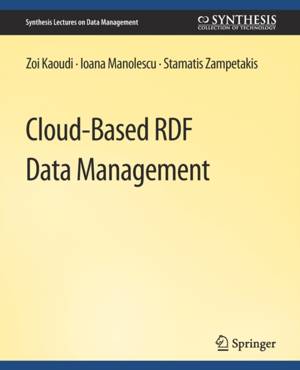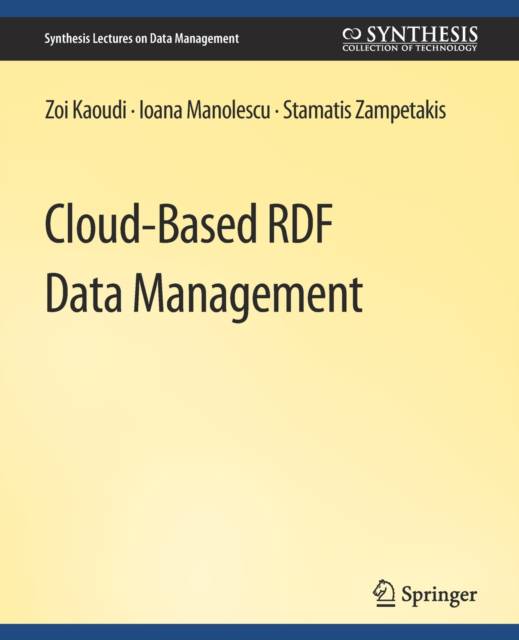
- Afhalen na 1 uur in een winkel met voorraad
- Gratis thuislevering in België vanaf € 30
- Ruim aanbod met 7 miljoen producten
- Afhalen na 1 uur in een winkel met voorraad
- Gratis thuislevering in België vanaf € 30
- Ruim aanbod met 7 miljoen producten
Omschrijving
Resource Description Framework (or RDF, in short) is set to deliver many of the original semi-structured data promises: flexible structure, optional schema, and rich, flexible Universal Resource Identifiers as a basis for information sharing. Moreover, RDF is uniquely positioned to benefit from the efforts of scientific communities studying databases, knowledge representation, and Web technologies. As a consequence, the RDF data model is used in a variety of applications today for integrating knowledge and information: in open Web or government data via the Linked Open Data initiative, in scientific domains such as bioinformatics, and more recently in search engines and personal assistants of enterprises in the form of knowledge graphs.
Managing such large volumes of RDF data is challenging due to the sheer size, heterogeneity, and complexity brought by RDF reasoning. To tackle the size challenge, distributed architectures are required. Cloud computing is an emerging paradigm massively adopted in many applications requiring distributed architectures for the scalability, fault tolerance, and elasticity features it provides. At the same time, interest in massively parallel processing has been renewed by the MapReduce model and many follow-up works, which aim at simplifying the deployment of massively parallel data management tasks in a cloud environment.
In this book, we study the state-of-the-art RDF data management in cloud environments and parallel/distributed architectures that were not necessarily intended for the cloud, but can easily be deployed therein. After providing a comprehensive background on RDF and cloud technologies, we explore four aspects that are vital in an RDF data management system: data storage, query processing, query optimization, and reasoning. We conclude the book with a discussion on open problems and future directions.
Specificaties
Betrokkenen
- Auteur(s):
- Uitgeverij:
Inhoud
- Aantal bladzijden:
- 91
- Taal:
- Engels
- Reeks:
Eigenschappen
- Productcode (EAN):
- 9783031007477
- Verschijningsdatum:
- 24/02/2020
- Uitvoering:
- Paperback
- Formaat:
- Trade paperback (VS)
- Afmetingen:
- 190 mm x 235 mm
- Gewicht:
- 195 g

Alleen bij Standaard Boekhandel
Beoordelingen
We publiceren alleen reviews die voldoen aan de voorwaarden voor reviews. Bekijk onze voorwaarden voor reviews.









